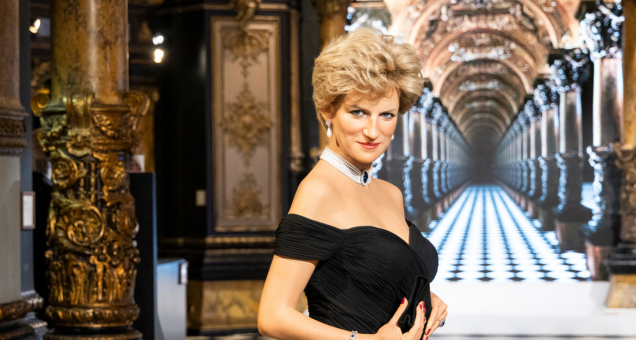Train platforms have arrived as a destination with amazing architecture to stop a passing traveler in his tracks.
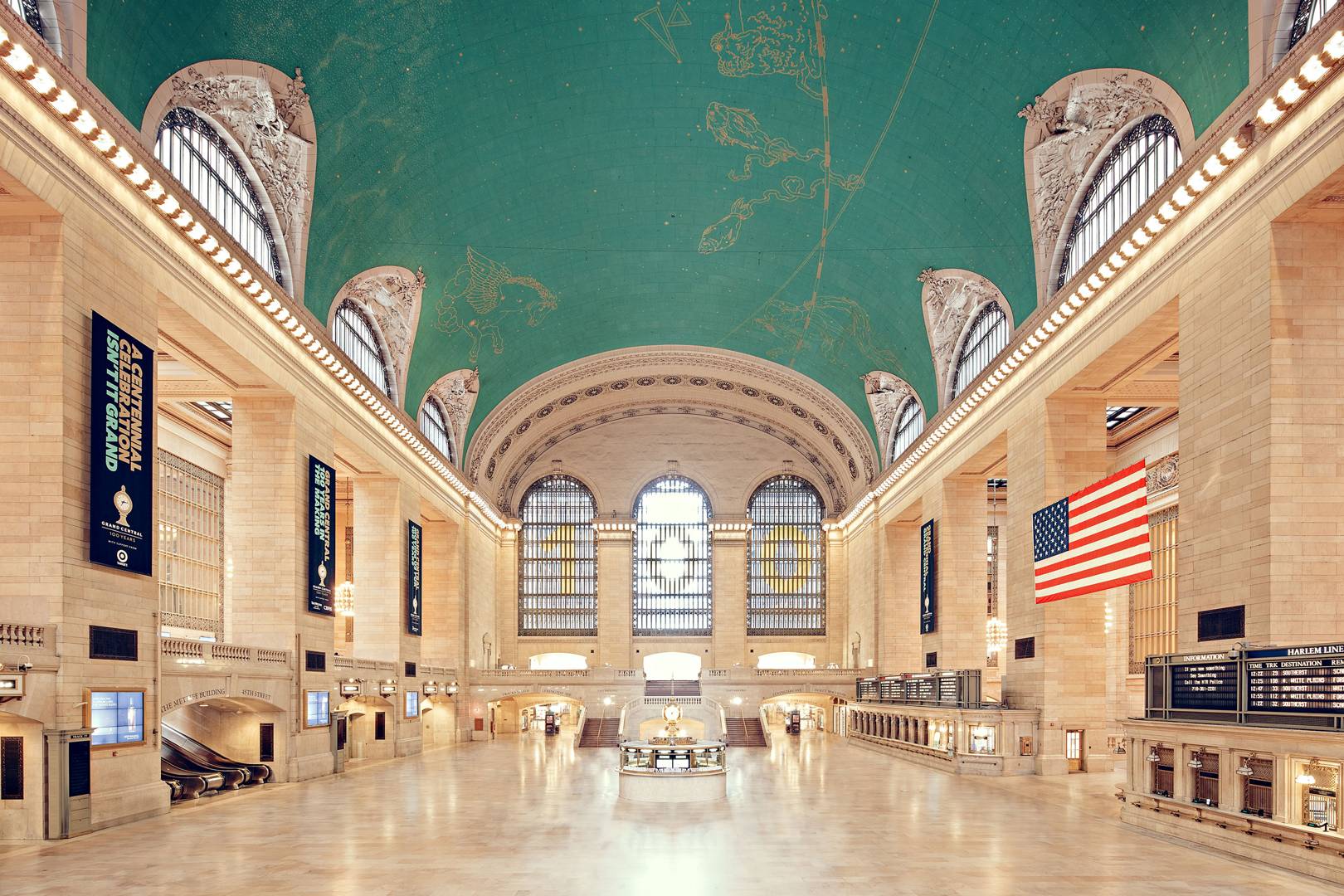
Now the site of flash mobs, oyster bars and urban farms, train platforms have arrived as a destination. – Katharine Sohn
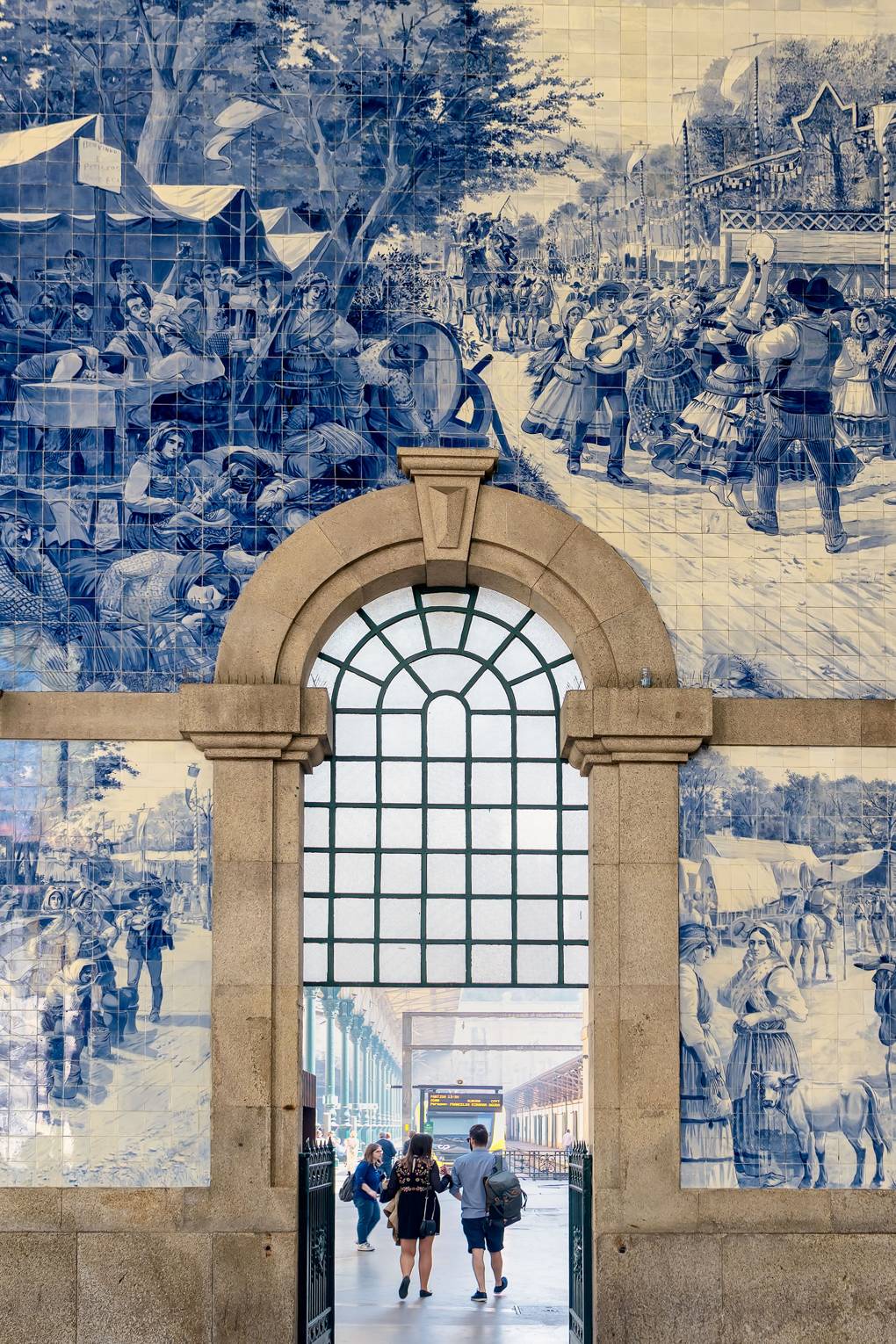
Designed by Jorge Colaço, 20,000 vintage azulejo tiles adorn São Bento station in Porto.
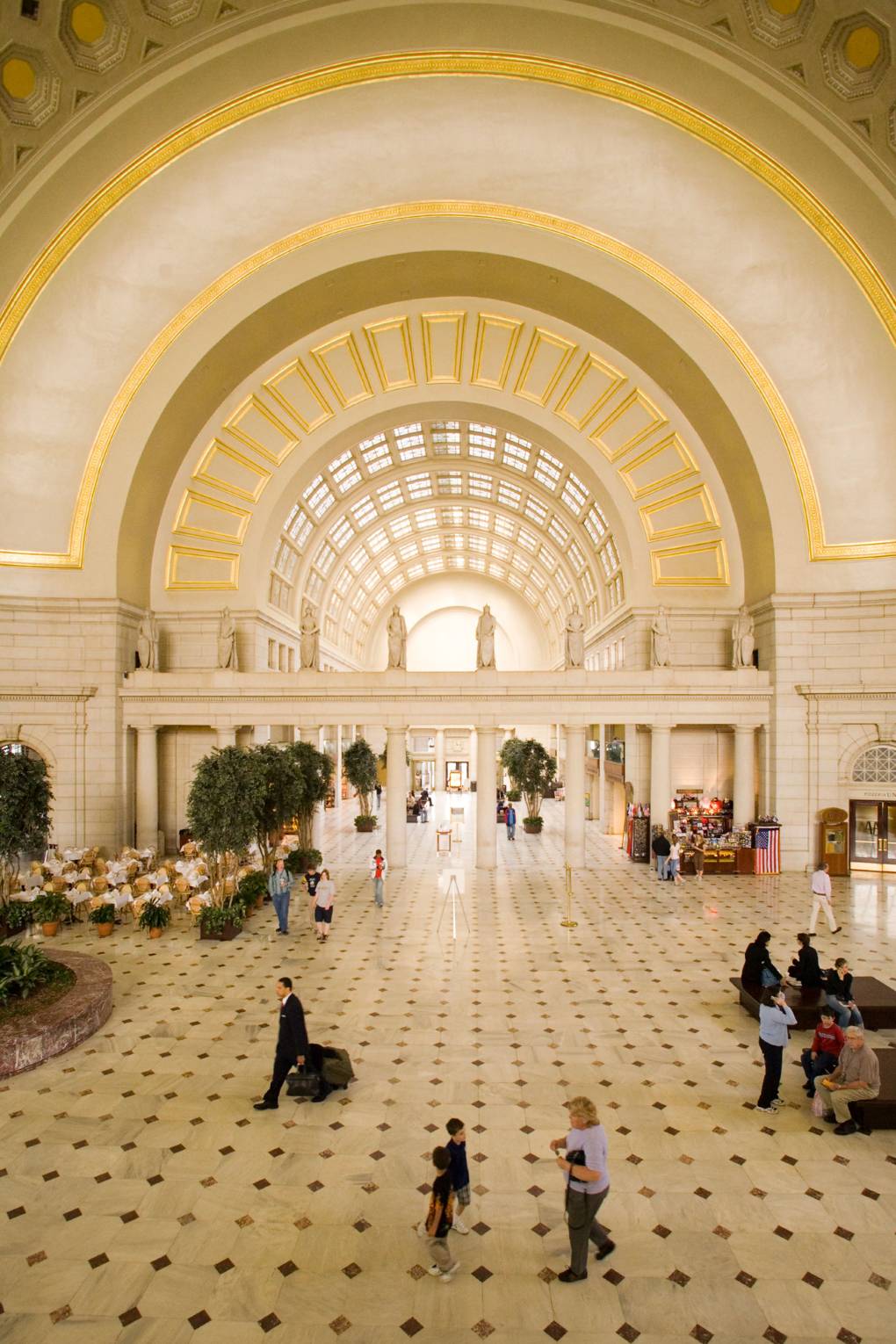
Each octagonal coffer in the 30-metre-high, barrel-vaulted ceilings of Washington DC’s Union Station is covered in 18-carat gold leaf.
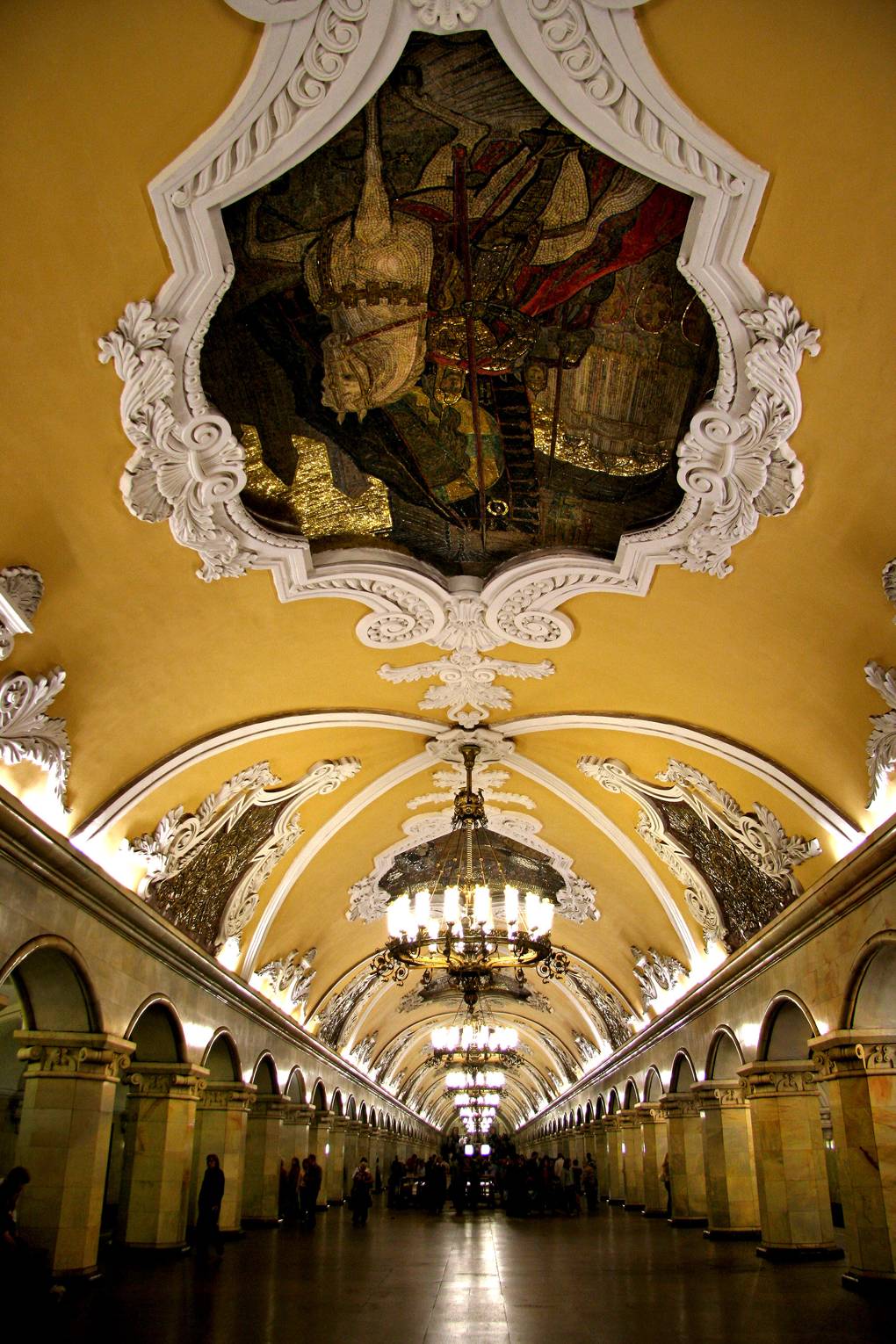
Petrine Baroque bas-reliefs and mosaic panels pay homage to Russian war victories in the butter-yellow Komsomolskaya metro station in Moscow.
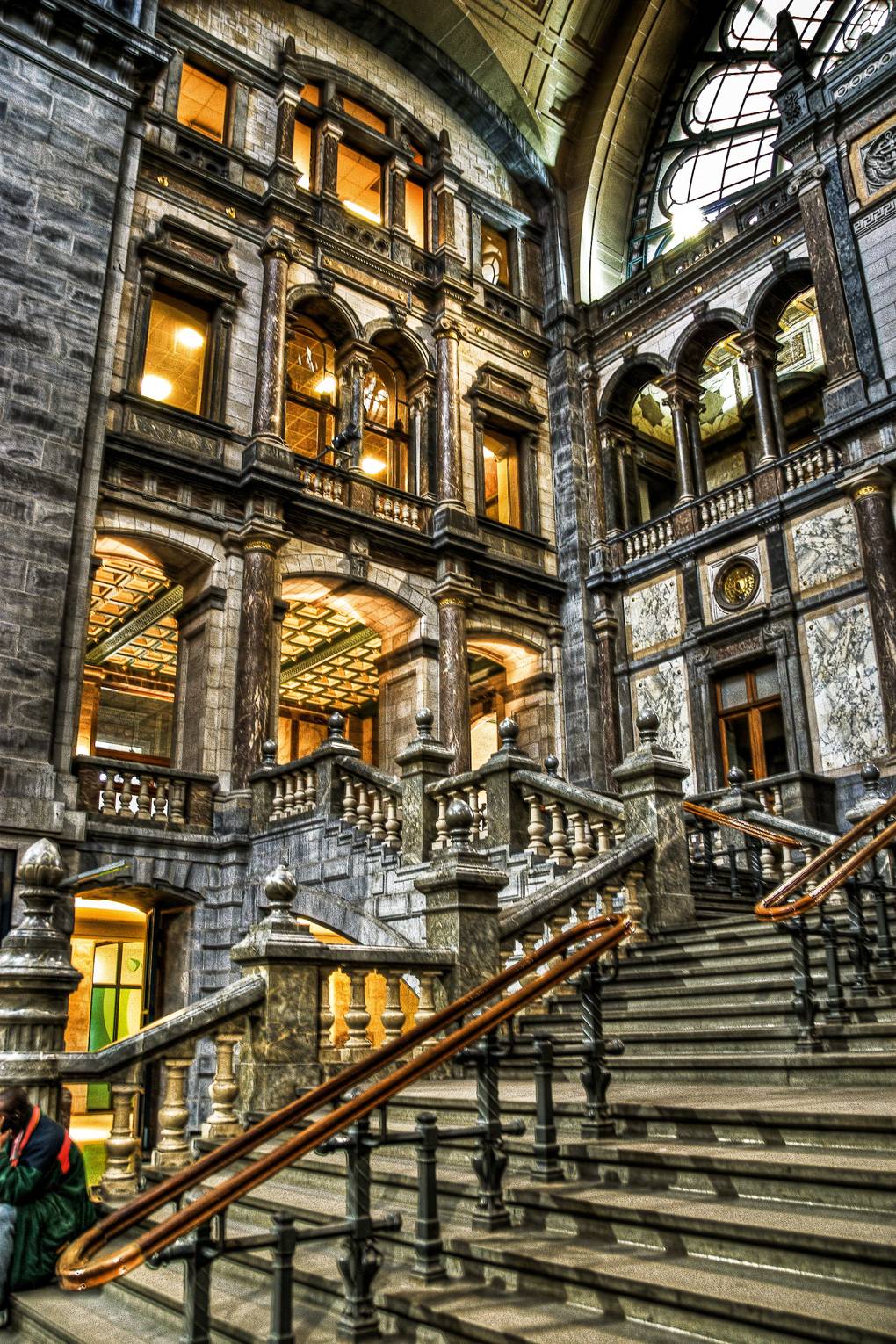
Antwerpen Centraal in Belgium is a tribute to King Leopold II, with neo-baroque forms carved from more than 20 varieties of marble and stone.
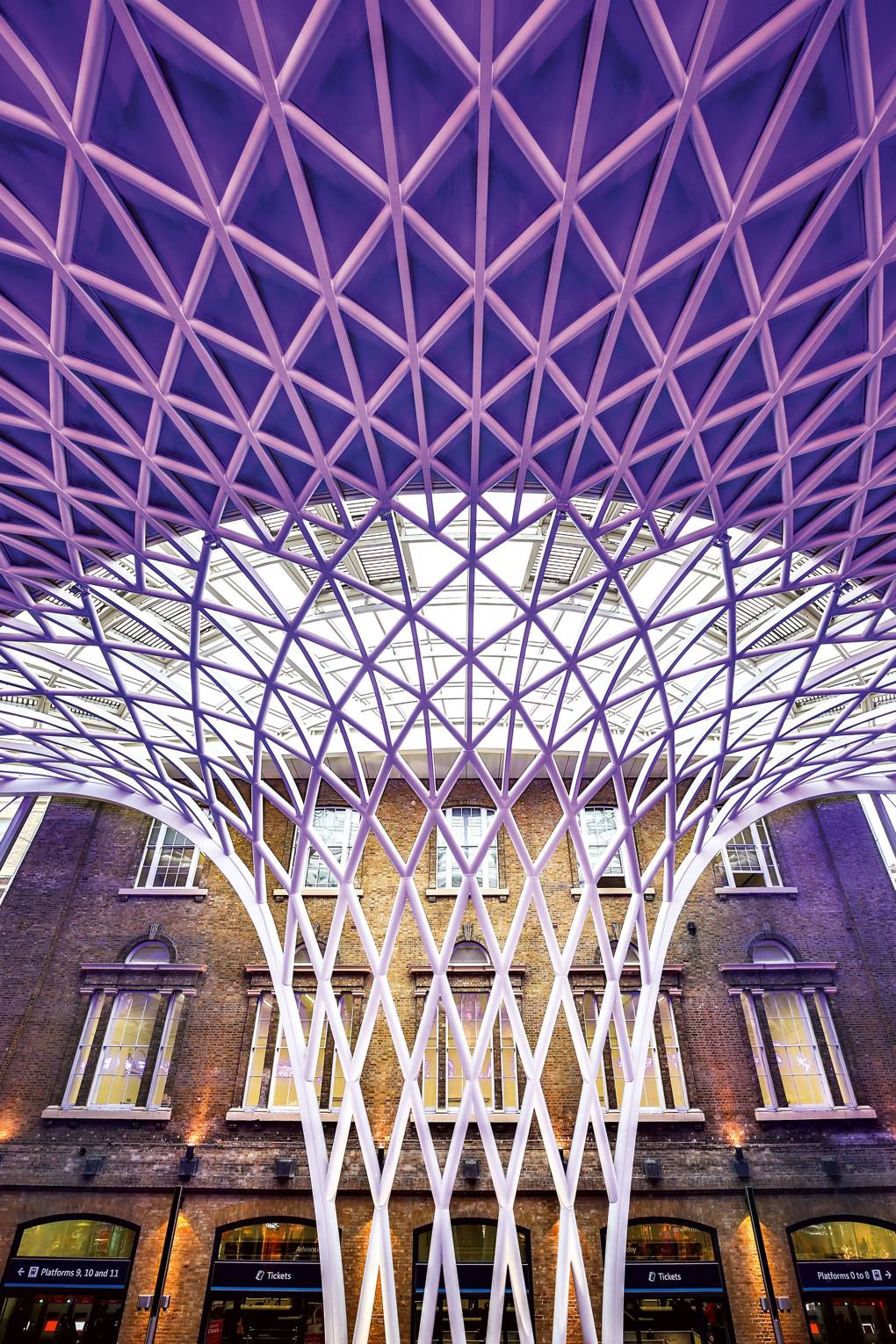
The Western Concourse at London’s King’s Cross is shaded by John McAslan + Partners’ 52-metre-wide steel palm tree.
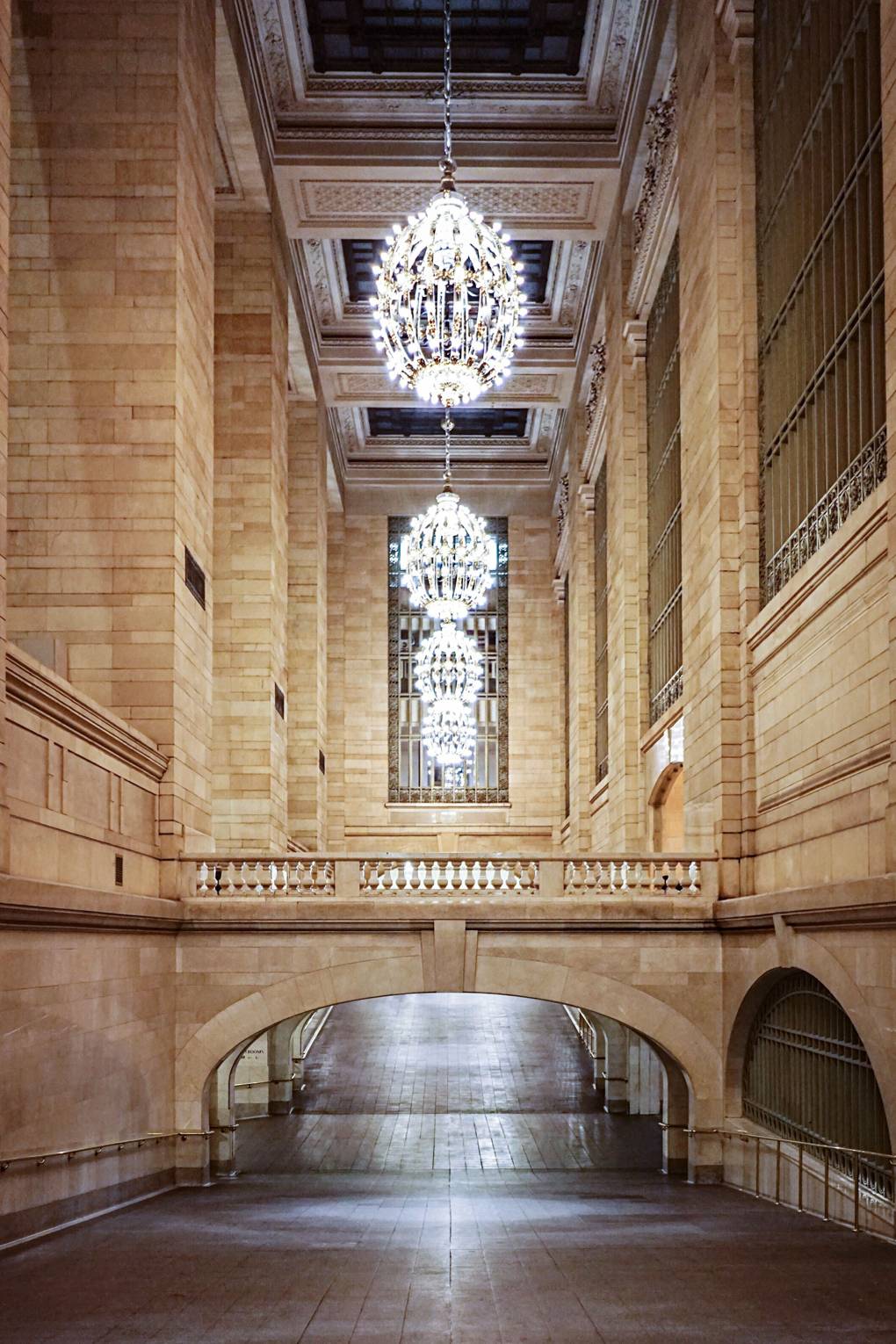
The ornate Beaux Arts chandeliers at Grand Central Terminal in New York each hold 110 lightbulbs.
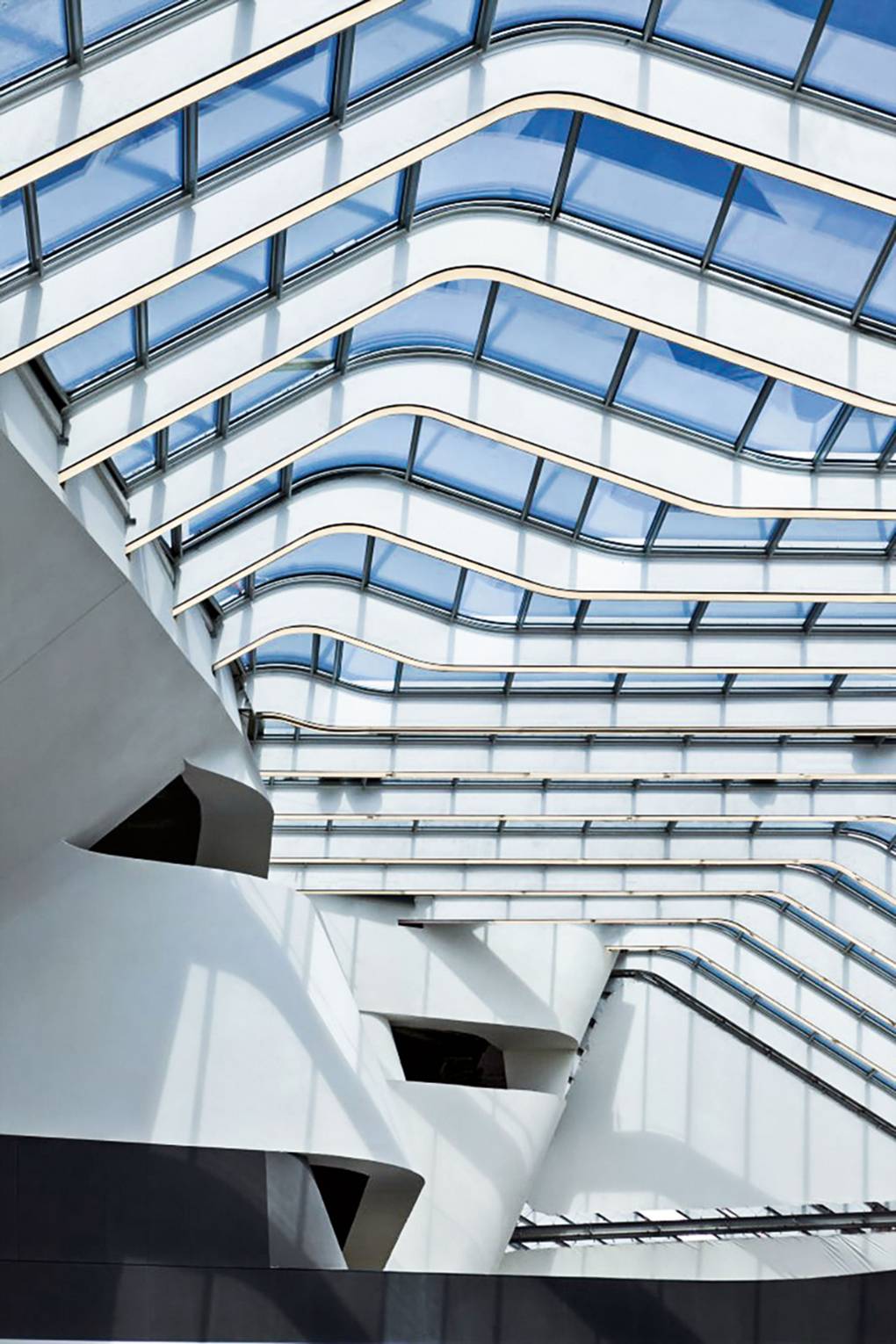
Just north of Naples, Afragola station ripples with Zaha Hadid Architects’ trademark steel ribs, concrete and glass.
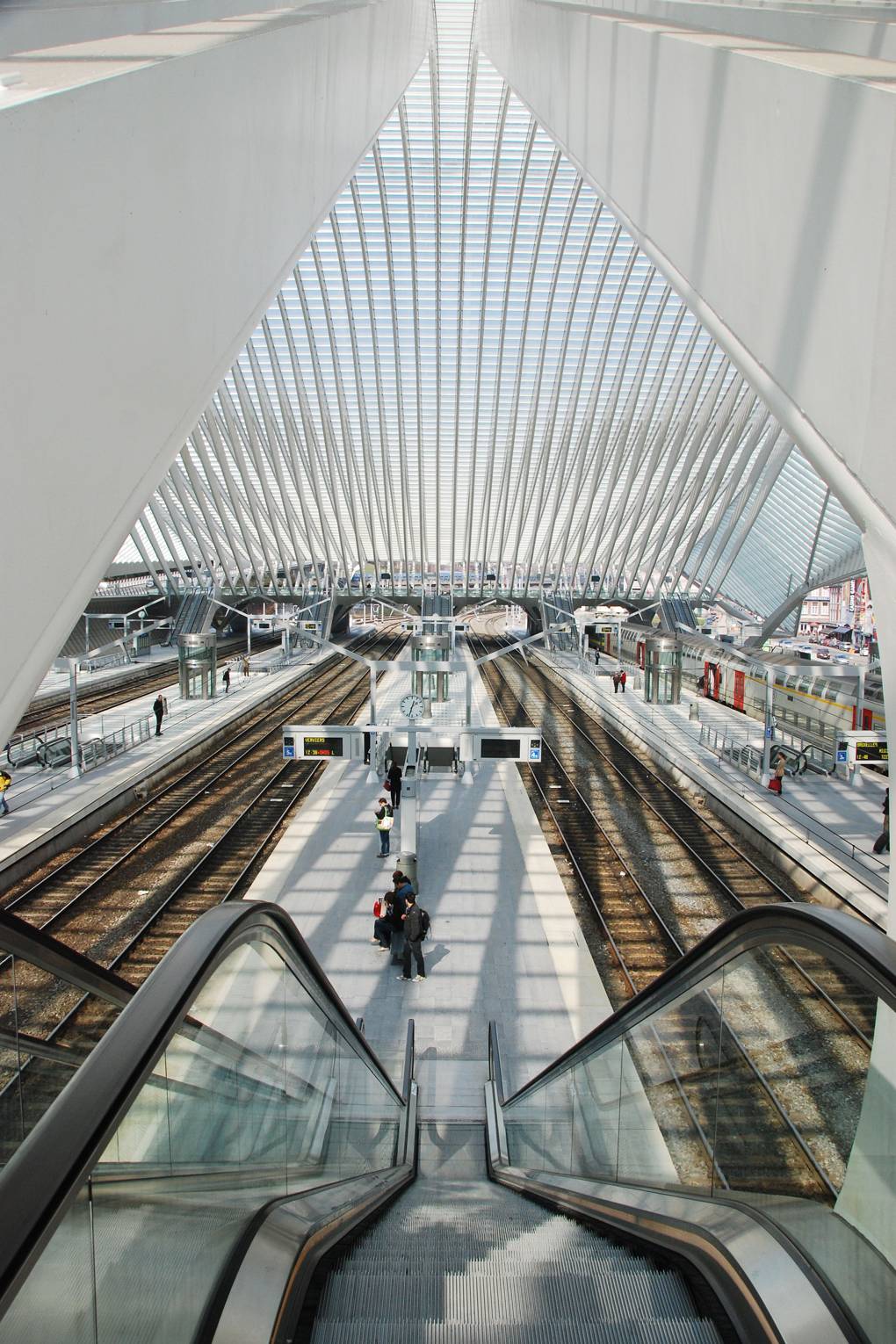
Belgium’s futuristic Liège-Guellemins station resembles a monumental cathedral, with white concrete, glass and steel soaring towards the sky.
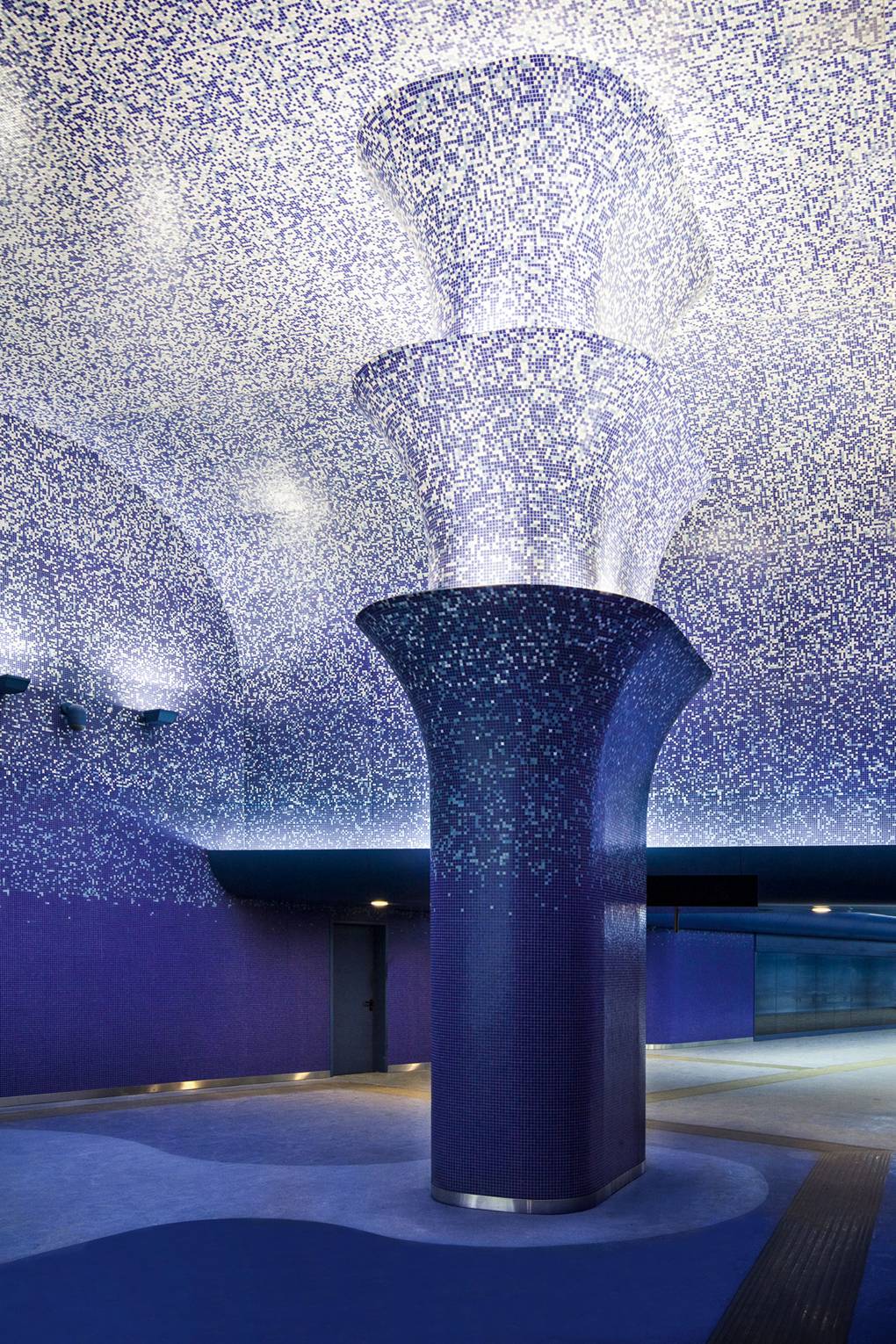
Back in Naples, architect Oscar Tusquets Blanca brought a sea of blue Bisazza mosaics 50 metres underground at Toledo metro station.
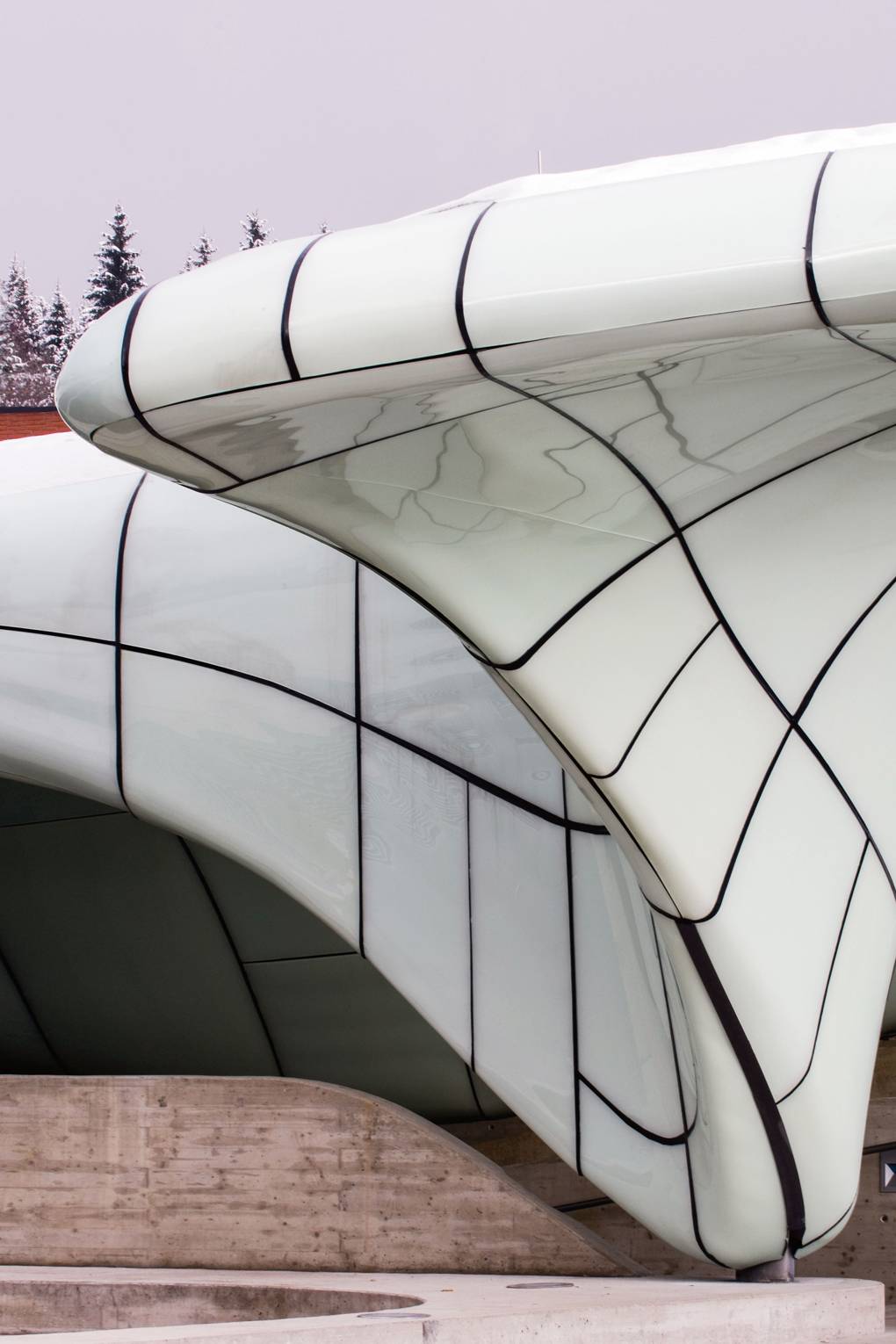
The double-curved glass roof of Hungerburgbahn station in Innsbruck echoes the natural ice formations of the surrounding area to create an artificial alpine landscape.
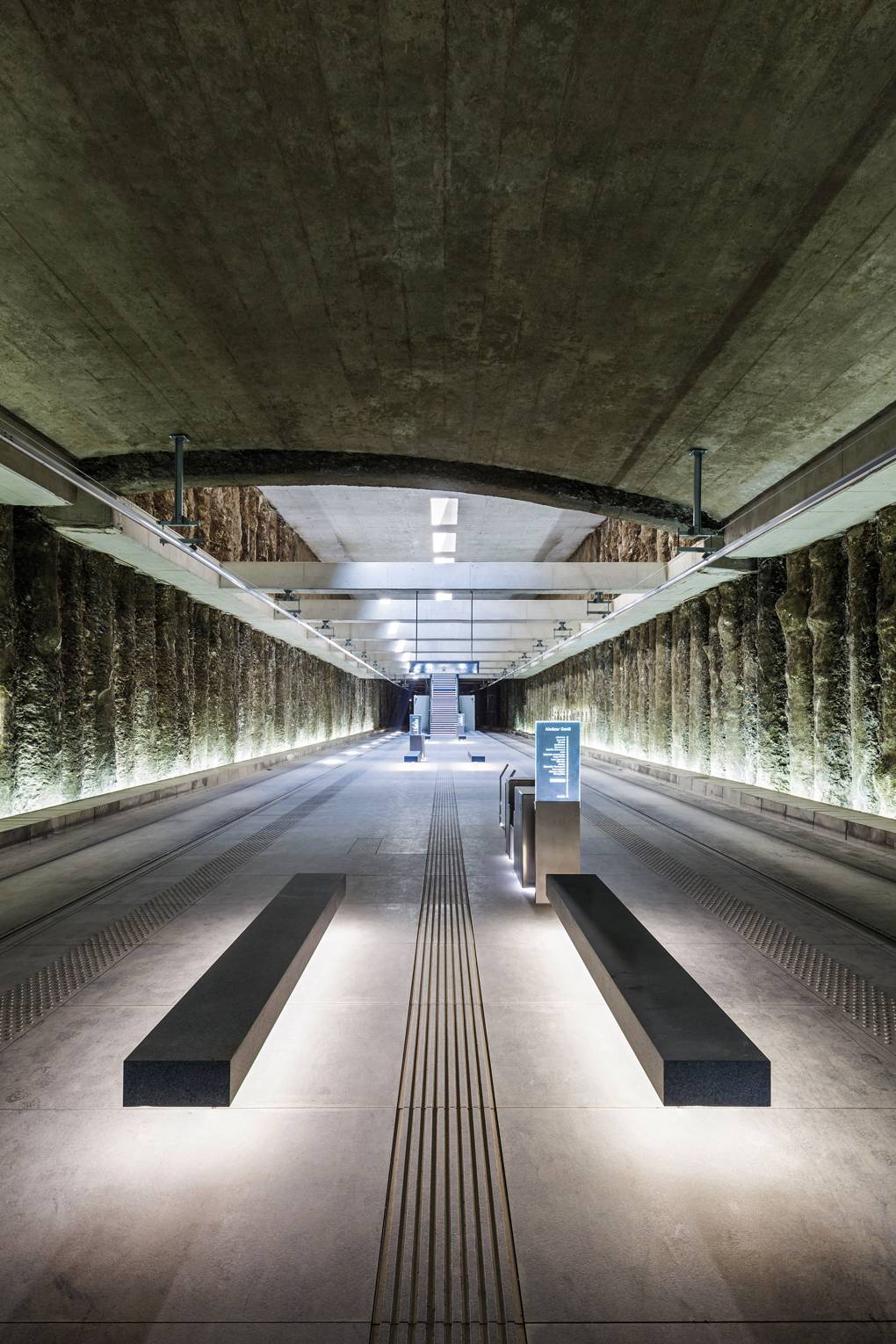
In Granada, the remains of a 13th-century Almohad water tank from Genil Palace are carefully integrated with the stark industrial design of Alcázar-Genil metro station.
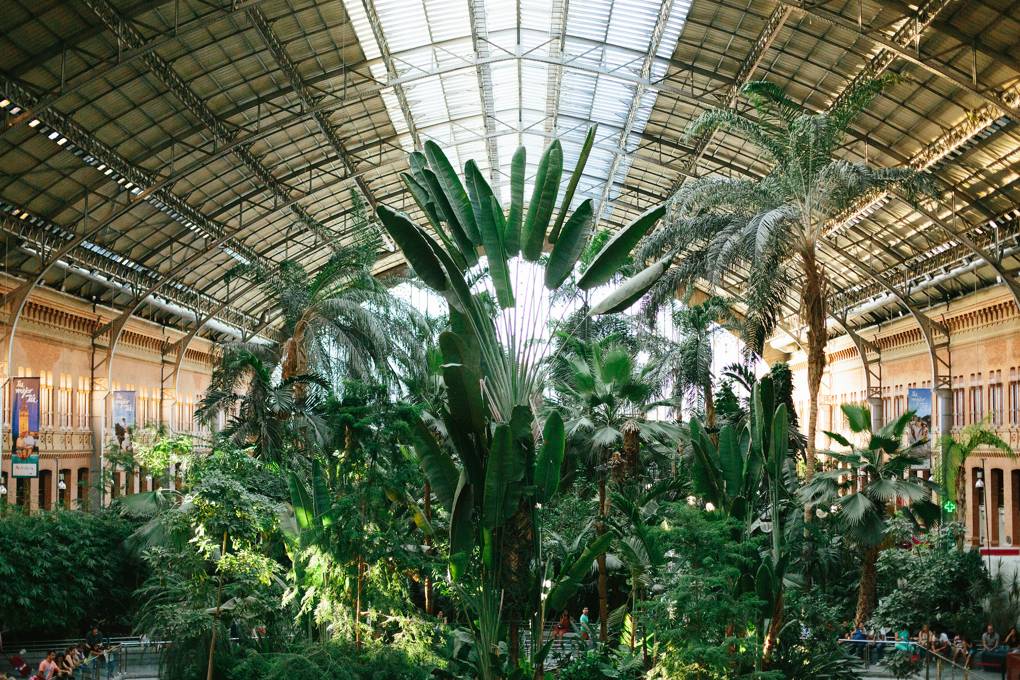
Atocha station in Madrid is home to a botanical garden and turtle sanctuary, with more than 7,000 plants.

